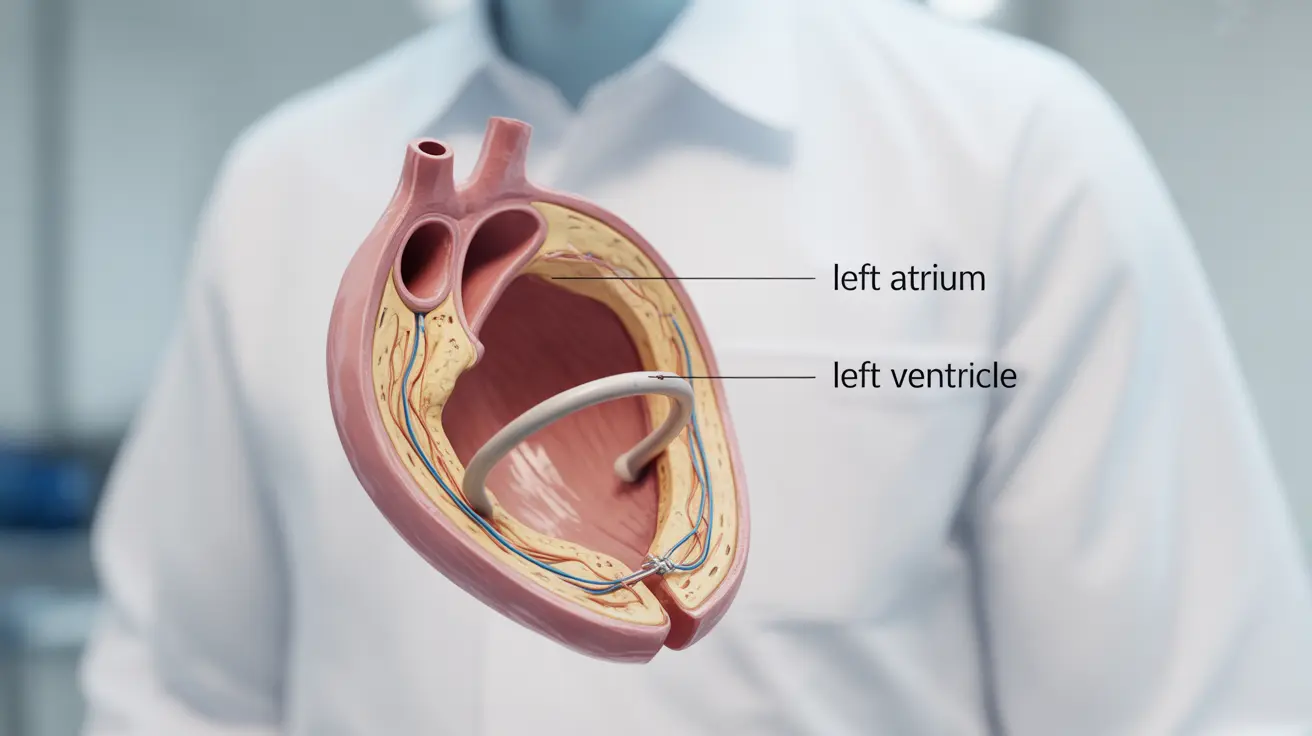Annuloplasty is a specialized surgical procedure designed to repair damaged or leaking heart valves, particularly focusing on restoring proper valve function and improving heart health. This surgical intervention helps thousands of patients each year regain their quality of life by addressing valve-related heart conditions that can lead to serious complications if left untreated.
For individuals diagnosed with valve regurgitation or other valve abnormalities, understanding annuloplasty can be crucial in making informed decisions about their cardiac care. This comprehensive guide explores the procedure, its benefits, and what patients can expect throughout their treatment journey.
What is Annuloplasty?
Annuloplasty is a surgical technique that repairs a damaged heart valve by reinforcing or reshaping the ring (annulus) around the valve. The procedure typically involves placing a specially designed ring or band around the valve to restore its proper shape and function, helping to prevent blood from flowing backward through the valve.
During the procedure, surgeons can use either rigid or flexible rings, depending on the specific needs of the patient and the condition of their heart valve. These rings serve as a support structure, helping maintain the valve's natural shape and ensuring proper closure during heart contractions.
Types of Annuloplasty Procedures
Open-Heart Annuloplasty
Traditional open-heart annuloplasty involves making a large incision in the chest to access the heart directly. This approach provides surgeons with complete visibility and access to the affected valve, allowing for comprehensive repair when necessary. The procedure requires the use of a heart-lung machine to maintain circulation while surgeons work on the stationary heart.
Minimally Invasive Annuloplasty
Minimally invasive techniques use smaller incisions and specialized instruments, often guided by advanced imaging technology. This approach typically results in shorter recovery times, less post-operative pain, and reduced risk of complications. However, not all patients are candidates for minimally invasive surgery, and the appropriate approach depends on various individual factors.
Preparing for Annuloplasty Surgery
Before undergoing annuloplasty, patients typically undergo:
- Comprehensive cardiac evaluation
- Blood tests and imaging studies
- Medical history review
- Medication adjustments
- Pre-surgical consultations with the healthcare team
Proper preparation helps ensure optimal surgical outcomes and reduces the risk of complications. Patients should follow their healthcare team's instructions carefully regarding medication management and lifestyle modifications before surgery.
Recovery and Rehabilitation
Recovery from annuloplasty typically involves:
- Initial hospital stay of 4-7 days
- Gradual return to daily activities
- Cardiac rehabilitation program participation
- Regular follow-up appointments
- Medication management
- Lifestyle modifications
Most patients experience significant improvement in their symptoms within several weeks to months after surgery, though full recovery may take longer depending on individual circumstances and the type of procedure performed.
Frequently Asked Questions
What is annuloplasty and how does it repair a leaky heart valve?
Annuloplasty repairs leaky heart valves by reinforcing or reshaping the valve's supporting ring structure using a specially designed prosthetic ring or band. This helps restore proper valve function by ensuring the valve leaflets close correctly, preventing blood from flowing backward.
When is annuloplasty recommended for treating heart valve problems?
Annuloplasty is typically recommended when patients experience significant valve regurgitation (leakage) that causes symptoms or heart dysfunction. It may be suggested when medication alone cannot adequately manage the condition, or when there's risk of progressive heart damage without surgical intervention.
What are the differences between open-heart and minimally invasive annuloplasty procedures?
Open-heart annuloplasty requires a large chest incision and uses a heart-lung machine, while minimally invasive procedures use smaller incisions and specialized instruments. The minimally invasive approach typically offers faster recovery but isn't suitable for all patients. The choice depends on factors including valve condition, overall health, and anatomical considerations.
What should I expect during recovery after an annuloplasty surgery?
Recovery typically involves an initial hospital stay, followed by a gradual return to activities over several weeks to months. Patients participate in cardiac rehabilitation, attend regular follow-up appointments, and may need to take blood-thinning medications. Most people can return to normal activities within 6-8 weeks, though complete recovery may take longer.
What are the potential risks and complications of annuloplasty heart valve repair?
Common risks include bleeding, infection, irregular heart rhythms, and reaction to anesthesia. Specific to annuloplasty, there's a risk of valve repair failure, blood clots, or the need for future valve procedures. However, serious complications are relatively rare, and most patients experience successful outcomes with proper medical care and follow-up.




